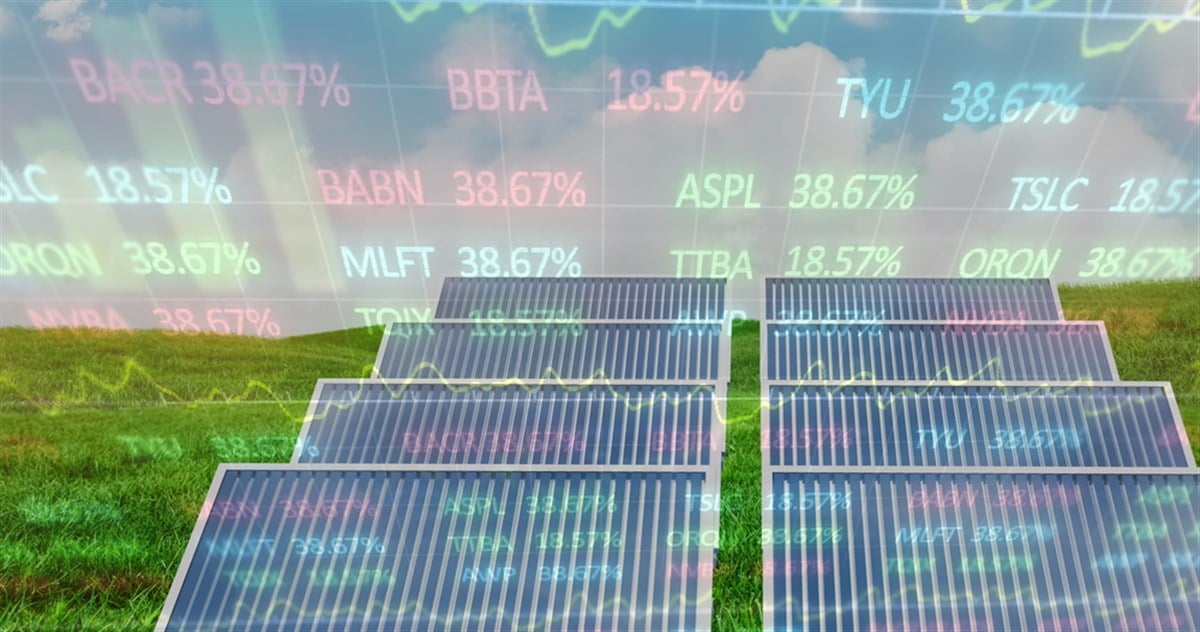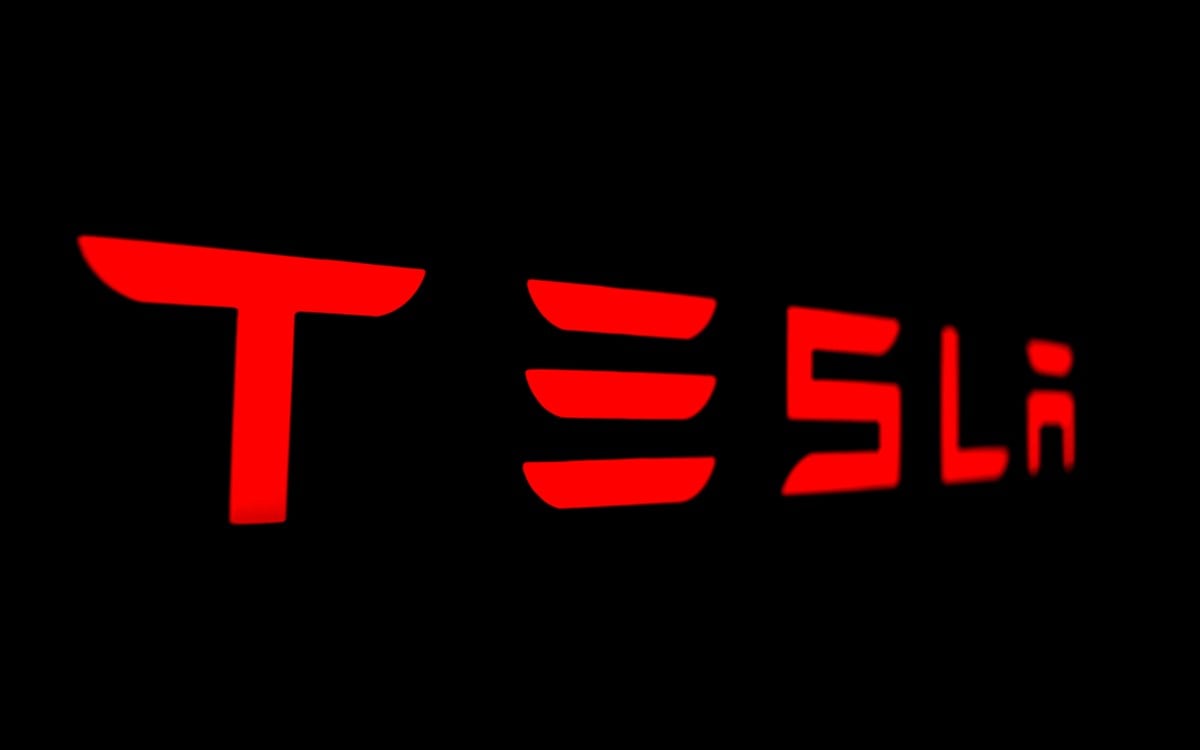Navigating Solar Headwinds: 3 Stocks Built to Last

The One Big Beautiful Bill (OBBB) Act is now law, and with it come several new rules and rollbacks that could weaken the clean energy industry in the U.S. While the bill's primary focus has been tax cut extensions, the legislation also eliminates many incentives for solar power, especially those in residential areas.
However, while the bill remains a net negative for solar power companies, the Senate version has removed some of the more onerous provisions, and the industry may not be facing the death knell some executives feared.
Today, we’ll look at which regulations did and didn’t make the OBBB Act’s final cut, and examine three stocks that can still thrive despite the new solar headwinds.
Why Solar Energy Is Feeling the Heat Under New Tax Bill
Under the 2022 Inflation Reduction Act (IRA), the investment tax credit (ITC) and production tax credit (PTC) for solar systems were extended by a decade, fueling the growth of solar energy adoption in both residential and commercial areas. However, the OBBB Act marks a swift reversal of many of these policies, including the abrupt cancellation of a crucial residential credit. Here are some of the noteworthy provisions for the solar industry:
- Residential Solar Credit Phase Out - The 30% tax credit for residential solar systems under Section 25D will now expire on December 31 of this year, nearly a decade ahead of schedule.
- Project Timeline Limitations - Utility and commercial projects under Sections 45Y and 48E will see a phase-out of the 30% tax credit after 2027, with the credit being eliminated for projects started after 2029. However, this language is softer than the House version, and allows projects started within 12 months of the bill’s passage to be exempted from this deadline.
- Foreign Entity of Concern (FEOC) Tests - Companies can still sell clean energy tax credits to other taxpaying entities, provided they don’t fall on an FEOC list. FEOCs were defined in the IRA but expanded in the OBBB, which would reduce the number of potential tax credit buyers.
Last Minute OBBB Revisions Should Blunt the Pain for These 3 Solar Stocks
The Senate version of the OBBB Act, eventually signed into law, removed some of the stricter regulations against the solar sector, including an excise tax on imported modules, the most stringent timelines for commercial projects, and the cancellation of tax credit transferability. It still doesn’t bode well for solar as a whole, but these three companies should still be able to thrive in this environment.
NextEra Energy: A Deep and Diversified Renewables Portfolio
In stocks, there’s often safety in size, and NextEra Energy Inc. (NYSE: NEE) is one of the largest diversified clean energy companies in the U.S.
No one produces more solar or wind capacity than NextEra (33,000 megawatts of operating energy in 2023), and its substantial output and focus on large-scale projects should help it navigate a less friendly regulatory environment.
NEE shares look affordable based on historical data, and even more so when using forward projections. The stock trades at 27.5 times earnings, a tick below the 10-year average P/E of 29.1. However, the 12-month forward P/E ratio stands at 20.3, and this is expected to decrease to 18.8 by the end of 2026 and 17.2 by 2027.
After a negative 2023, EPS growth rebounded 26% in 2024, with smaller but still significant projections of 7.2% for 2025 and 8% for 2026.
The company missed revenue expectations in its Q1 2025 earnings report, but sales still grew 9% year-over-year (YOY), and EPS numbers matched analyst expectations. The average analyst price target of $84.55 still indicates upside potential of nearly 14% as well.
First Solar: Domestic Manufacturing Dominance
First Solar Inc. (NASDAQ: FSLR) specializes in manufacturing solar modules and operates some of the world’s largest photovoltaic power plants. Despite the sudden solar phaseouts, First Solar’s focus on producing its modules and plants in the U.S. could give it a competitive edge in this new energy environment. First Solar’s thin-film cadmium telluride modules can be manufactured with 100% domestic components, freeing the company from tariff pressure and FEOC restrictions.
Despite the bill’s harsh implications, this domestic dominance is partly why Royal Bank of Canada increased its price target from $188 to $200 this week. Of the 31 analysts covering the stock, 26 now have Buy ratings with an average price target of $228.69, implying an upside from current levels.
Nextracker: Protection Through Limited Residential Exposure
Nextracker Inc. (NASDAQ: NXT) sold nearly $3 billion worth of solar trackers in the last 12 months. Trackers are devices that pair with solar panels to track the sun across the sky, much like a sunflower. They optimize solar efficiency by keeping panels perfectly aligned for maximum sunlight exposure. Solar trackers are primarily used in large utility-scale projects, which offer Nextracker some protection from the phase-outs of the solar tax credit.
The stock also appears attractive compared to other solar companies, thanks to its affordable valuation and strong margins. NXT trades at just 19 times earnings, and it boosted net profit margins to 17.21% in the most recent quarter. The $679 million quarterly revenue also represented a 15% YOY increase, showing the company can grow while protecting its margins.
Learn more about NEE


